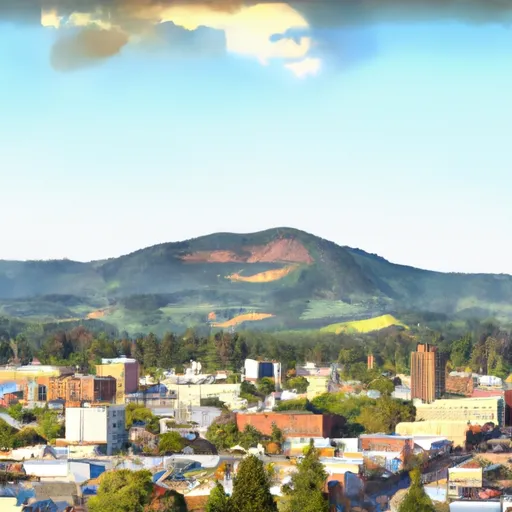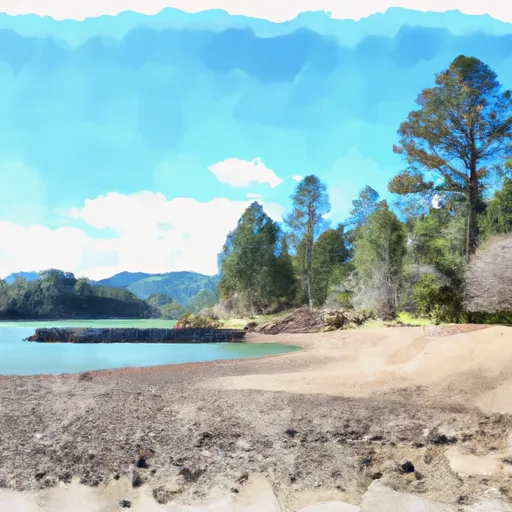°F
°F
mph
Windspeed
%
Humidity











Crescent, Oregon is a small community located in the southern part of Deschutes County. The area features a semi-arid climate, with hot summers and cold winters. The hydrology constituents of the area include the Deschutes River and several smaller creeks and tributaries. Outdoor recreation opportunities in Crescent include hiking, fishing, hunting, and camping. The nearby Deschutes National Forest offers opportunities for skiing, snowboarding, and snowmobiling in the winter months. Additionally, the area is home to several popular lakes, including Crescent Lake and Odell Lake, which provide opportunities for boating, kayaking, and swimming during the summer months.
Weather Forecast
Crescent receives approximately 586mm of rain per year, with humidity levels near 60% and air temperatures averaging around 6°C. Crescent has a plant hardyness factor of 6, meaning plants and agriculture in this region thrive during a short period during spring and early summer. Most plants will die off during the colder winter months.
Regional Streamflow Levels
38
Cubic Feet Per Second
227
Cubic Feet Per Second
430
Cubic Feet Per Second
837
Cubic Feet Per Second
Nearby Camping
| Camping Area | Reservations | Toilets | Showers |
|---|---|---|---|
| East Davis Lake | |||
| Crescent Creek | |||
| South Lava Flow | |||
| Lava Flow | |||
| North Davis Creek | |||
| Corral Springs |



